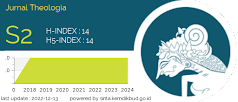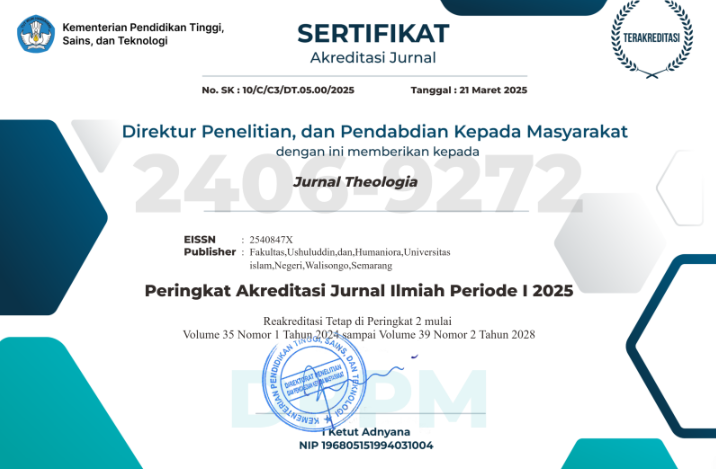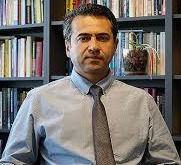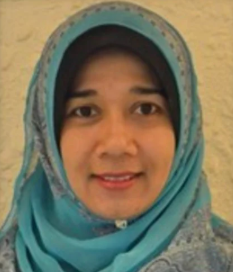Teori Makna dalam Struktur Linguistik Arab Perspektif Mufasir Masa Klasik
DOI:
https://doi.org/10.21580/teo.2020.31.1.5631Keywords:
Teori Makna, Linguistik Arab, Mufasir, Masa Klasik.Abstract
This article aims to examine the theory of meaning in the structure of Arabic linguistics that is studied by classical era commentators. In the classical era, the study that became a concentration of the study of al-Qur'an is the understanding of the meaning of the Qur'an with an Arabic linguistic approach. To get the ideal meaning from the verses of the Koran they pay attention to i’rab (Arabic grammar). They are concerned in the field of language criticism through grammatical, stylistic, and semantic approaches. Theories of meaning in classical times are supported by various works of classical Arabic linguists entitled Ma‘ānī al-Qur’ān, al-Farrā ’, al-Kisā’ī, al-Zajjāj, and al-Naḥḥās. These works are very significant in the development of the theorization of meaning from the point of view of the structure of the building (grammatical language). The theory of meaning is also supported by the study of stylistics (language style /uslūb). The study of the stylistic al-Qur'an in the theory of meaning is strengthened by al-Jā hiz and al-Jurjānī in their respective works. The final meaning theory can be found in the Qur'anic semantic studies. This study is considered as an ideal method in exposing the meaning of the Qur'anic language. Semantic studies of al-Qur'an are supported by the theory of al-wujūh wa al-naẓāir and siyāq (the context of the meaning of language). The study of the Wujūh and Naẓāir is a method of understanding the message of meaning which is possessed by the verses of the Qur'an, once studied by Ibn al-Jauzī. While siyāq is an indicator used in determining the meaning desired by mutakallim, it has been studied by Ibn Daqīq al-‘Id.Downloads
References
Dhaif, Syauqi. Al-Mada>ris al-Nah}wiyah, Beirut: Da>r al-Ma’a>rif, 1999.
Al-Dainu>ri>, Ibnu Qutaibah. Ta’wil Musykil al-Qur’an, Makkah: Maktabah al-Ilmiyah, 1987.
Al-Damagha>ni>, al-Husain bin Muhammad. Qamus al-Qur’an aw Islah al-Wujuh wa al-Nazair fi al-Qur’an al-Karim, Beiru>t: Da>r al-‘Ilm li al-Mala>yi>n, 1983.
Faudah, Mahmud Basuni. Al-Tafsi>r wa Mana>hijuh, Kairo: Mat}ba’ah al-Amanah, 1987.
Al-Farra’, Abu Zakariyah Yahya bin Ziyad, Ma‘a>ni> al-Qur’a>n, Beirut: ‘Alam al-Kitab, 1983.
Hidayatullah, Syarif. Cakrawal Linguistik Arab, Tangerang: al-Kitabah Press, 2012.
Al-‘Iq. Ih}ka>m al-Ah}ka>m Syarh ‘Umdat al-Ah}ka>m, Kairo, Maktabah al-Sunnah, 1994, vol. 2.
Ichwan, Nor. Memahami Bahasa al-Qur’an: Refleksi atas Persoalan Linguistik, Yogyakarta: Pustaka Pelajar, 2002.
Lyons, John. Introduction to Theoretical Linguistics, New York, Cambridge University Press, 1998), 406.
Mahmu>d, Mani>’ Abd al-H}ali>m. Manhaj al-Mufassiri>n, (Kairo, Dar al-Kitab al-Masri, 2000).
Mukrim, ‘Abd al-‘Alim. Al-Qur’a>n al-Kari>m Wa Asa>ruhu fi al-Dirasa>t al-Nah}wiyah, Kuwait: Muassasah ‘Ali> Jarra>h} al-S{aba>h}, 1978.
Mustaqim, Abdul. Tasir Linguistik (Studi atas Tafsir Ma’anil Qur’an Karya al-Farra’), Jurnal Qaf, vol. 3, no. 1 2019, 1-11.
Al-Nah}h}a>s, Abu Ja’far. Ma’a>ni> al-Qur’a>n, Makkah: Maktabah al-Ja>mi’ah Ummu al-Qura>, 1988.
Pateda, Mansoer. Semantik Leksikal, Jakarta: PT Rineka Cipta, 2004
Prytherch, Ray. Harrod’s Librarians Glossary, England: Gower, 1995.
Qalyubi, Syihabuddin. Stilistika al-Qur’an: Makna di Balik Kisah Ibrahim, Yogyakarta: LKiS, 2009
Al-Qat}t}a>n, Manna’ Khali>l. Maba>h}is fi ‘Ulu>m al-Qur’a>n, Kairo: Maktabah al-Taufiqiyah, 2000.
Ratna, Nyoman Kutha. Stilistika Kajian Puitika Bahasa, Sastra dan Budaya, Yogyakarta: Pustaka Pelajar, 2013.
Setiawan, M. Nur Kholis. Akar-Akar Pemikiran Progresif dalam Kajian al-Qur’an, Yogyakarta: Elsaq Press, 2008.
Shihab, M. Quraish. Kaidah Tafsir: Syarat, Ketentuan, dan Aturan yang Patut Anda Ketahui dalam Memahami Ayat-ayat al-Qur’an, Tengerang: Lentera Hati, 2013.
Shihab, M. Quraish. Membumikan al-Qur’an, Bandung: Mizan, 1994.
Sulaiman, Muqa>til Ibn. al-Wuju>h wa al-Naza>ir fi al-Qur’a>n al-‘Azim, Dubai: Markaz Jum‘ah al-Majid li al-Saqafah wa al-Tura>s, 2006.
Al-Suyu>t}i>, al-Itqa>n fi ‘Ulum al-Qur’an, Beirut: Dar al-Kutub al-Ilmiyah, vol. 2, 1996.
Al-Syauka>ni>, Muhammad bin Ali bin Muhammad, Fath}} al-Qadi>r al-Ja>mi’ baina Fannai ar-riwa>yah wa ad-dira>yah min ‘ilm at-Tafsi>r, Beirut: Da>r Ibn Hazm, 2014, vol. 1.
Taufiq, Wildan. Fiqih Lughah, Bandung: CV. Nusantara Auliya, 2015.
Al-T}ayya>r, Musa>’id bin Sulaima>n, Fusu>l fi> Usu>l at-Tafsi>r, Riya>d}: Da>r an-Nasyr ad-Dauli>, 1993.
Al-Z|ahabi>, Muhammad Husain. Al-Tafsi>r wa al-Mufassiru>n, Kairo: Maktabah Wahbah, 1995.
Al-Zarqani, Muhammad Abd al-‘Azim, Mana>hil al-‘Urfan fi ‘Ulum al-Qur’an, Beirut: Dar al-Kutub al-Ilmiyyah, 2010.





















